- myFICO® Forums
- Types of Credit
- Credit Cards
- Re: Co-branded Airline Cards vs Travel Cards
- Subscribe to RSS Feed
- Mark Topic as New
- Mark Topic as Read
- Float this Topic for Current User
- Bookmark
- Subscribe
- Mute
- Printer Friendly Page
Co-branded Airline Cards vs Travel Cards
Is your credit card giving you the perks you want?
Browse credit cards from a variety of issuers to see if there's a better card for you.
- Mark as New
- Bookmark
- Subscribe
- Mute
- Subscribe to RSS Feed
- Permalink
- Report Inappropriate Content
Re: Co-branded Airline Cards vs Travel Cards
@Aim_High wrote:
@sxa001 wrote:AMEX gold will give you $100 statement credit on those airline checked baggage fees.
@coreysw12 wrote:
@mmajer4211 wrote:
I don't mind the $250 AF but I wouldn't close my AAdvantage card so now that would be on top of that.The Gold also does give you $120/year ($10/mo) in dining credits, so it works out to just $130 effective AF.
Depending on how you can use the credits, the Gold card is much cheaper than $250.
- $250 annual fee
- Less up to $120 in dining credits at $10/month.
- Less up to $100 in airline fees
- Equals effective $30 AF if you use all those credits
- Less up to $100 annual credit at The Hotel Collection.
... Equals effective + $70 back in your pocket.
Factor in the higher returns you get at your valuation of 4x MR points on groceries and dining, which can be effectively up to 8% compared to whatever other options you may have at 2%, 3%, or 6% for example. Most people with moderate to heavy spend on groceries (up to $25K) or dining out (unlimited 4x MR) will get some additional incremental value from the high payout on these categories. If these are not high-spend areas, the Gold card may not be a good value.
Factor in no additional fees for authorized users (like the $75 on CSR) for up to 5 AUs.
Factor in additonal value from AMEX Offers. For example, I have added and used some recent dining out offers that were for 5 additional MR points per dollar spend (for a total of 9 MR points per dollar.)
These are just the direct potential monetary value of the card, not to even include what you'd value other services or perks.
*While the $120 dining credit has to be taken once a month at $10 increments, it's not only available in selected restaurants but also for Grubhub or Seamless food delivery and for "Boxed" delivery of grocery items to your home.
I have to add this caution... Amex credits are notoriously specific, and can be difficult to claim organically. If it's not something you'd normally spend money on, then it's not really a credit.
As an example, I don't have a Cheesecake Factory or Shake Shack near me, so my only option for the dining credit is GrubHub, where the $10 credit doesn't even make up for the delivery fee and the increased prices. I use it sometimes when I'm feeling particularly lazy, but otherwise I prefer to pick it up myself or use a different service. So the dining credit doesn't count for much.
As for the airline credit, I'm not going anywhere this year or likely next year, and gift cards are no longer a workaround, so that will also go unclaimed.
I've literally never used the Hotel Collection credit.
Offers are great, but they're available on no annual fee cards as well, so it's not really a benefit that's offsetting the fee.
All that said, I just renewed my Amex Gold because I'm still getting good value just from the points earning.
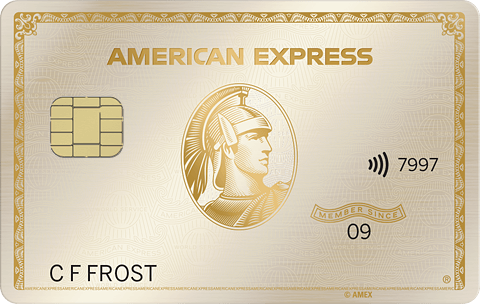
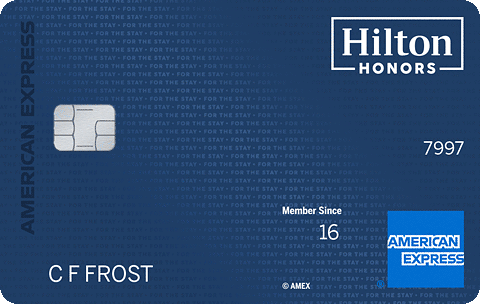
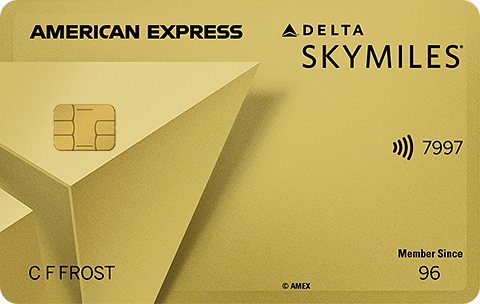
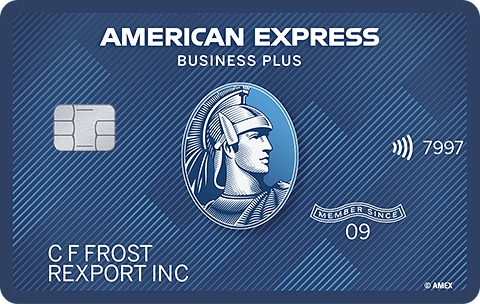
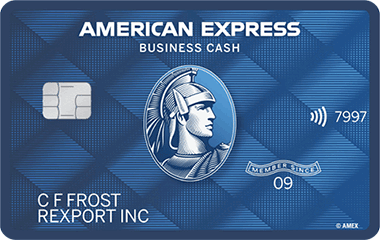



















- Mark as New
- Bookmark
- Subscribe
- Mute
- Subscribe to RSS Feed
- Permalink
- Report Inappropriate Content
Re: Co-branded Airline Cards vs Travel Cards
@MrDisco99 wrote:
@coreysw12 wrote:Generally speaking, co-branded cards are best for people who don't travel often, particularly those who don't have any elite status with any airlines. Besides just miles, they usually offer all cardmembers a free checked bag or two, priority boarding, and other perks that would usually only apply to those with elite airline status. They can also be the best way to earn airline miles, since it's difficult to earn miles organically by only flying a couple times a year.
Conversely, travel rewards cards are usually the best choice for people who travel quite a bit, who probably already get free checked bags, priority boarding, etc. by having elite status. These people probably already earn more than enough airline miles just from flying, and want to earn points that are more flexible.
Interesting... I always saw it as the other way around.
I see airline cobranded cards as targeted to people who already have loyalty to a particular airline and want to enhance their loyalty benefits with things like lounge access and additional qualification points to maintain status. Loyalty program status is something that typically only frequent travelers really care about.
Conversely, general travel rewards cards have points that are more flexible, which is an advantage if you're not a frequent traveler and don't have allegiance to a particular airline.
There are people who get free checked bags from some basic status who spend a lot of cobrands for elite-qualifying miles. Higher status can give them a better chance at an upgrade.
And the cobrand/bank distinction can be fuzzy. Amex Platinum with its Sky Club access, Prestige once having Admirals Club access and the 1.6 cpp revenue redemptions, etc.
Business use: Amex Bus. Plat., BBP, Lowes Amex AU, CFU AU
Perks: Delta Plat., United Explorer, IHG49, Hyatt, "Old SPG"
Mostly SD: Freedom Flex, Freedom, Arrival
Upgrade/Downgrade games: ED, BCE
SUB chasing: AA Platinum Select
- Mark as New
- Bookmark
- Subscribe
- Mute
- Subscribe to RSS Feed
- Permalink
- Report Inappropriate Content
Re: Co-branded Airline Cards vs Travel Cards
@MrDisco99 wrote:
@coreysw12 wrote:Generally speaking, co-branded cards are best for people who don't travel often, particularly those who don't have any elite status with any airlines. Besides just miles, they usually offer all cardmembers a free checked bag or two, priority boarding, and other perks that would usually only apply to those with elite airline status. They can also be the best way to earn airline miles, since it's difficult to earn miles organically by only flying a couple times a year.
Conversely, travel rewards cards are usually the best choice for people who travel quite a bit, who probably already get free checked bags, priority boarding, etc. by having elite status. These people probably already earn more than enough airline miles just from flying, and want to earn points that are more flexible.
Interesting... I always saw it as the other way around.
I see airline cobranded cards as targeted to people who already have loyalty to a particular airline and want to enhance their loyalty benefits with things like lounge access and additional qualification points to maintain status. Loyalty program status is something that typically only frequent travelers really care about.
Conversely, general travel rewards cards have points that are more flexible, which is an advantage if you're not a frequent traveler and don't have allegiance to a particular airline.
Your point of view is also accurate. But I was more referring to very frequent travellers, who easily get elite airline status just from flying. For example, every year I hit United 1K status just from my work travel alone, which gets me everything (and more) that the United co-brand cards offer, so the co-brand card is pretty much worthless for me. I also get so many United miles just from flying, that I really don't need to earn more with a credit card, so I'd rather earn flexible CC rewards instead.


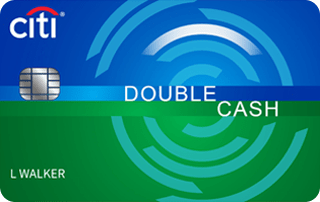






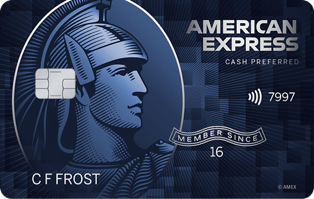




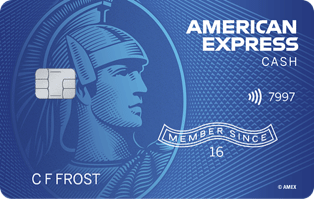 Total SL: $78k
Total SL: $78kUnited 1K - 725,000 lifetime flight miles | Chase Status: 4/24
- Mark as New
- Bookmark
- Subscribe
- Mute
- Subscribe to RSS Feed
- Permalink
- Report Inappropriate Content
Re: Co-branded Airline Cards vs Travel Cards
I'm of the belief that most will benefit more from a general card. Unless you only travel on one airline, and that won't change.
I'm not a fan of co-branded cards in general. Very picky about the ones I have.
A dedicated co-brand might have rewards changed. An airline might go out of business. A real possibility in these times.
As we've seen time and again, a company may change lenders. An example of this is when Jet Blue cut ties with Amex in 2015, and partnered with Barclays in 2016. Your Chase Sapphire, or Amex Platinum won't be going to Barclays at anytime in the future.
- Mark as New
- Bookmark
- Subscribe
- Mute
- Subscribe to RSS Feed
- Permalink
- Report Inappropriate Content
Re: Co-branded Airline Cards vs Travel Cards
@MrDisco99 wrote:
@Aim_High wrote:Depending on how you can use the credits, the Gold card is much cheaper than $250.
- $250 annual fee
- Less up to $120 in dining credits at $10/month.
- Less up to $100 in airline fees
- Equals effective $30 AF if you use all those credits
- Less up to $100 annual credit at The Hotel Collection.
... Equals effective + $70 back in your pocket.
Factor in the higher returns you get at your valuation of 4x MR points on groceries and dining, which can be effectively up to 8% compared to whatever other options you may have at 2%, 3%, or 6% for example. Most people with moderate to heavy spend on groceries (up to $25K) or dining out (unlimited 4x MR) will get some additional incremental value from the high payout on these categories. If these are not high-spend areas, the Gold card may not be a good value.
Factor in no additional fees for authorized users (like the $75 on CSR) for up to 5 AUs.
Factor in additonal value from AMEX Offers. For example, I have added and used some recent dining out offers that were for 5 additional MR points per dollar spend (for a total of 9 MR points per dollar.)
These are just the direct potential monetary value of the card, not to even include what you'd value other services or perks.
I have to add this caution... Amex credits are notoriously specific, and can be difficult to claim organically. If it's not something you'd normally spend money on, then it's not really a credit.
As an example, I don't have a Cheesecake Factory or Shake Shack near me, so my only option for the dining credit is GrubHub, where the $10 credit doesn't even make up for the delivery fee and the increased prices. I use it sometimes when I'm feeling particularly lazy, but otherwise I prefer to pick it up myself or use a different service. So the dining credit doesn't count for much.
As for the airline credit, I'm not going anywhere this year or likely next year, and gift cards are no longer a workaround, so that will also go unclaimed.
I've literally never used the Hotel Collection credit.
Offers are great, but they're available on no annual fee cards as well, so it's not really a benefit that's offsetting the fee.
All that said, I just renewed my Amex Gold because I'm still getting good value just from the points earning.
+1 Exactly. That's why I prefaced the credits with "Depending on ..." Still, those are excellent points for not only the Gold card but ANY annual fee card. When determining credits, one must be realistic about what is easy and organic spend credits versus nonorganic.
The specifically-focused AMEX credits discouraged me from getting a Platinum card over a CSR when I was evaluating the best premium travel card for me, especially since flights are not my sole focus and the Chase travel credit is automatic and easy to rocoup from a variety of spending. Still, I recently added the Gold card since the SUB was high and I felt I could still benefit from the rewards, perks, and credits sufficiently. (The focus on food, whether dining out or groceries, instead of flights fits my spending better.) I appreciate the feedback from someone who has used the Gold card longer-term, and as always, YMMV when it comes to credits.
Especially since I am still traveling, I've used my CSR Door Dash and Dash Pass credits, but I could see a monthly charge on GrubHub being a reasonable benefit. (During cornonvirus, some locations have limited or closed in-person dining so delivery was needed. And I often don't have a car or free access to transportation on my travels.)
I do have Cheesecake Factory and Ruth Chris in my area, although I typically haven't frequented either. But DW and I dine out often so that isn't a huge change in organic spending to include those occassionally.
I am still traveling during coronavirus and I hope to recoup my travel credits soon. (I've only had one Gold statement post so far.)
The Hotel Collection credit is something I'd probably have to consciously plan for, but I still consider it a valid credit. DW and I enjoy our travels and using a resort, spa, or restaurant charge at a collection property would be something we'd get added value.
As @MrDisco99, the real value I hope to get from the Gold is all the MRs and redeeming for travel. DW and I dine out often (even duing coronavirus) and I believe the MRs should add up for us nicely. Time will tell.






















Business Cards









Length of Credit > 40 years; Total Credit Limits >$936K
Top Lender TCL - Chase 156.4 - BofA 99.9 - CITI 96.5 - AMEX 95.0 - NFCU 80.0 - SYCH - 65.0
AoOA > 31 years (Jun 1993); AoYA (Oct 2024)
* Hover cursor over cards to see name & CL, or press & hold on mobile app.
- Mark as New
- Bookmark
- Subscribe
- Mute
- Subscribe to RSS Feed
- Permalink
- Report Inappropriate Content
Re: Co-branded Airline Cards vs Travel Cards
@coreysw12 wrote:
@MrDisco99 wrote:
@coreysw12 wrote:Generally speaking, co-branded cards are best for people who don't travel often, particularly those who don't have any elite status with any airlines. Besides just miles, they usually offer all cardmembers a free checked bag or two, priority boarding, and other perks that would usually only apply to those with elite airline status. They can also be the best way to earn airline miles, since it's difficult to earn miles organically by only flying a couple times a year.
Conversely, travel rewards cards are usually the best choice for people who travel quite a bit, who probably already get free checked bags, priority boarding, etc. by having elite status. These people probably already earn more than enough airline miles just from flying, and want to earn points that are more flexible.
Interesting... I always saw it as the other way around.
I see airline cobranded cards as targeted to people who already have loyalty to a particular airline and want to enhance their loyalty benefits with things like lounge access and additional qualification points to maintain status. Loyalty program status is something that typically only frequent travelers really care about.
Conversely, general travel rewards cards have points that are more flexible, which is an advantage if you're not a frequent traveler and don't have allegiance to a particular airline.
Your point of view is also accurate. But I was more referring to very frequent travellers, who easily get elite airline status just from flying. For example, every year I hit United 1K status just from my work travel alone, which gets me everything (and more) that the United co-brand cards offer, so the co-brand card is pretty much worthless for me. I also get so many United miles just from flying, that I really don't need to earn more with a credit card, so I'd rather earn flexible CC rewards instead.
I think your points are very valid. I was a semi-regular but not always frequent flier for work for a few years. Silver when with United, switched to American Airlines in 2015 and had Gold with them, did hit Platinum in 2017 on AA. For me, I originally got the AAdvantage card because I was flying on American a lot and banking a lot of miles by putting the American spend on the card. I did have have the Executive card for lounge access (which was still nice when I was platinum and not flying on American -- until they changed their rules). I wasn't using my cards to try and boost status, I just wanted to bank points and the lounge access was nice at AUS since it is a smaller airport and I could go to the lounge on ANY flight.
With all of that said, in retrospect putting that spend on an AMEX Gold would have worked out a lot better for me. I am going to downgrade to the MileUp card. I am not even sure what I will do with my Delta AMEX, I got it because I think the companion pass makes it a no brainer, a single flight on Delta a year pays for itself. We have banked a ton of miles and I may keep paying the fee on that one. Delta made a huge expansion at AUS making them competitive with American and they fly a newer fleet but all that is a topic for a different thread.
At the end of the day, everyone has their different goals and I think you are spot on that the OP should consider something like the AMEX Gold if they truly want to maximize their reward earning potential.
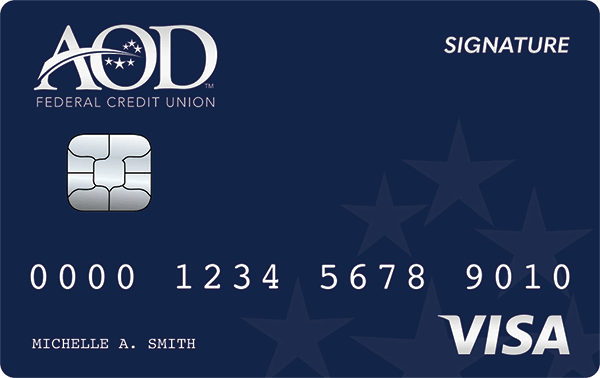


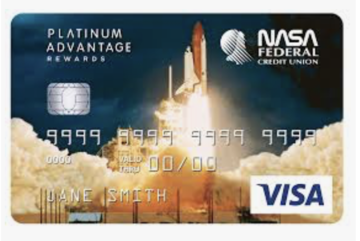
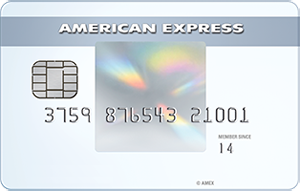




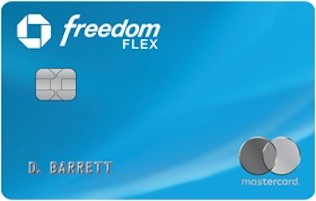
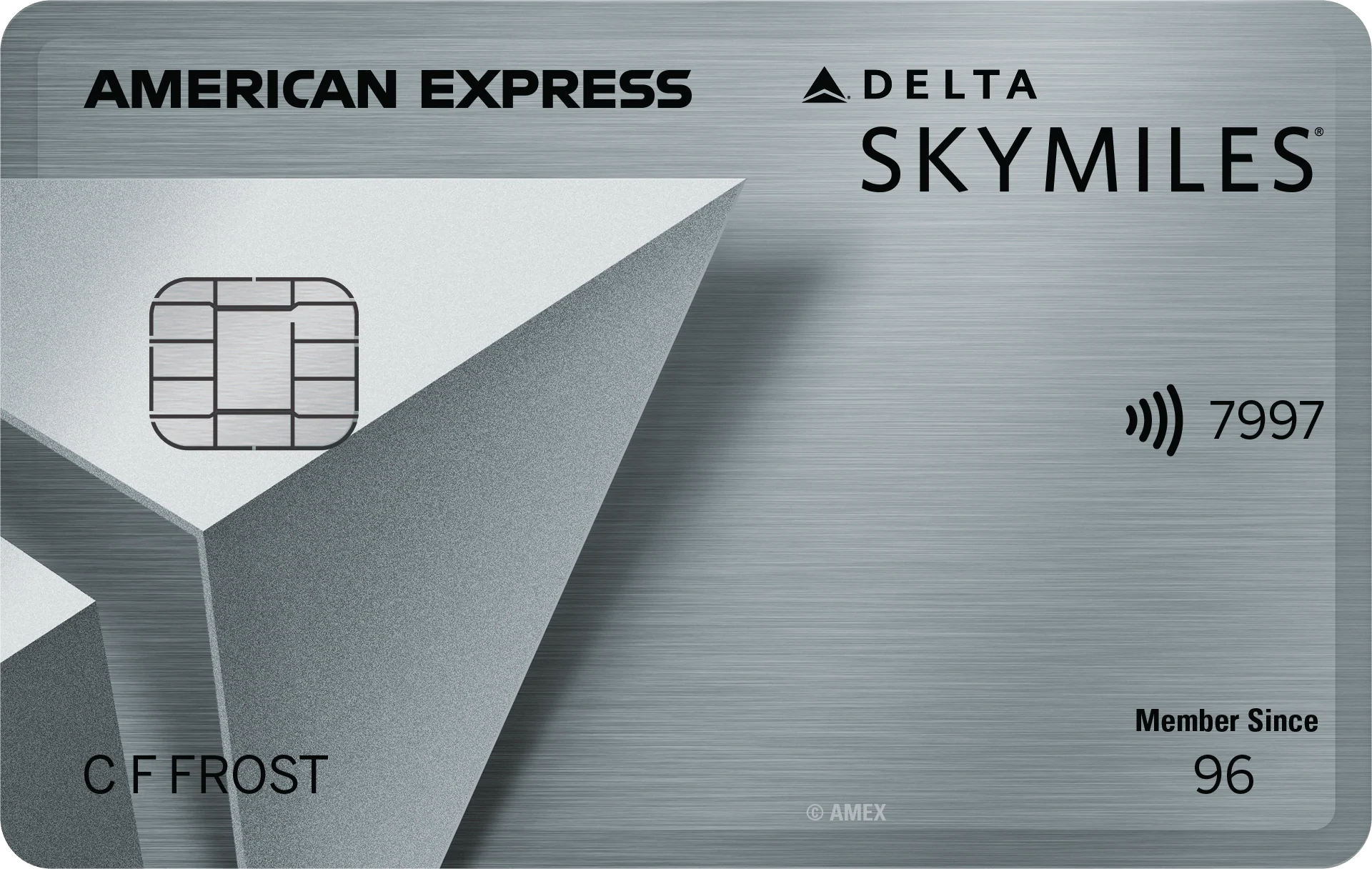



- Mark as New
- Bookmark
- Subscribe
- Mute
- Subscribe to RSS Feed
- Permalink
- Report Inappropriate Content
Re: Co-branded Airline Cards vs Travel Cards
I think it just depends on your goals. What rewards are you looking for? A card like the Amex Gold is good if you will transfer points to partners and get more than 1 cent per point. If not, at 1 cent or less per point, the $250 fee means the 4% dining/grocery may not be as great as it seems since there are free cards with at least 3% on those categories. I don't count the dining credit or airline fee credit at face value because unless you're already spending on those things it's not really fair to count it at full value IMO. Also it depends where you travel - again, generally speaking, domestic redemptions will not get you as great of a point value.
I think it's best to decide what you want your rewards to do for you, and go from there. You could build up cash back and use it for travel, or you could find a flexible points card that works for you -- but just because you dine out often, or whatever the case may be, does not automatically mean things like the Gold are worth the fee for your situation.
- Mark as New
- Bookmark
- Subscribe
- Mute
- Subscribe to RSS Feed
- Permalink
- Report Inappropriate Content
Re: Co-branded Airline Cards vs Travel Cards
@sxa001 wrote: ... Delta ... made a huge expansion at AUS making them competitive with American and they ... fly a newer fleet but all that is a topic for a different thread.
Yes, it's a little off-topic but the newest fleets among US carriers has been changing dramatically this decade. And the numbers for 2020 could be considerably different due to all the post-coronavirus aircraft fleet retirements.
Delta used to have the youngest fleet a few years ago. Not any more.
Per an article last summer (07/06/2019) on the points guy website quoting the numbers at that time:
- American Airlines has an average fleet age of 10.8 years, largely because of its aging 757s, 767s and MD-80s.
- Southwest has an average age of 11.2 years.
- United Airlines has an average fleet age of 15.1 years. Its short-haul A319/320 aircraft are, on average, about 20 years old, as are the midrange 757s and 767s and many of its 777-200s as well.
- Delta has an average fleet age of 15.8 years, with its 112 MD-80/90 aircraft averaging 26 years of age.
Last fall, after this article was written and before the pandemic, American retired its' last MD-80. Post-covid American also permanently retired its' aging 757/767 fleet and older A330's.
Delta, meanwhile, has retired its' MD-88's and 90's and older Boeing 767's and 777's since March 2020.
United had not made any permanent fleet retirement accouncements as-of the past few weeks but there is a possibility they may also retire their Boeing 757s and 767s as Delta and American have done.
While many aircraft were parked in the spring by airlines worldwide, some (mostly narrow-bodies) have already returned to service and both American and Delta have even accepted some new aircraft deliveries since March. Both Airbus and Boeing continue to manufacture previously-ordered aircraft, including some wide-bodies.
So as of last year, American's fleet which had been the oldest had become the youngest among the legacy US carriers due to a large investment in aircraft over the past decade after the airline bankruptcies. After the new numbers come out with all the fleet adjustments, who knows where it will end up!
AMR Corporation Announces Largest Aircraft Order in History With Boeing and Airbus (06/20/2011)
AMR Corporation, the parent company of American Airlines and American Eagle, today announced landmark agreements with Airbus and Boeing that will allow it to replace and transform American's narrowbody fleet over five years and solidify its fleet plan into the next decade.... American plans to acquire 460 narrowbody, single-aisle aircraft from the Boeing 737 and Airbus A320 families beginning in 2013 through 2022 – the largest aircraft order in aviation history.






















Business Cards









Length of Credit > 40 years; Total Credit Limits >$936K
Top Lender TCL - Chase 156.4 - BofA 99.9 - CITI 96.5 - AMEX 95.0 - NFCU 80.0 - SYCH - 65.0
AoOA > 31 years (Jun 1993); AoYA (Oct 2024)
* Hover cursor over cards to see name & CL, or press & hold on mobile app.
- Mark as New
- Bookmark
- Subscribe
- Mute
- Subscribe to RSS Feed
- Permalink
- Report Inappropriate Content
Re: Co-branded Airline Cards vs Travel Cards
Add a Citi MileUp card to get 2x on that grocery spend.
Adding AMEX Gold gets you points that don't easily align with the AA miles.
Oct 2014 $46k on $127k 36% util EQ 722 TU 727 EX 727
April 2018 $18k on $344k 5% util EQ 806 TU 810 EX 812
Jan 2019 $7.6k on $360k EQ 832 TU 839 EX 831
March 2021 $33k on $312k EQ 796 TU 798 EX 801
May 2021 Paid all Installments and Mortgages, one new Mortgage EQ 761 TY 774 EX 777
April 2022 EQ=811 TU=807 EX=805 - TU VS 3.0 765

- Mark as New
- Bookmark
- Subscribe
- Mute
- Subscribe to RSS Feed
- Permalink
- Report Inappropriate Content
Re: Co-branded Airline Cards vs Travel Cards
I flew LAX-MSP in summer 2019 on Delta. Some sort of MD-88 or MD-90 instead of the usual 767 I'd take going to JFK or BOS.
Definitely a trip back in time...and I'm glad they've been retired!
Business use: Amex Bus. Plat., BBP, Lowes Amex AU, CFU AU
Perks: Delta Plat., United Explorer, IHG49, Hyatt, "Old SPG"
Mostly SD: Freedom Flex, Freedom, Arrival
Upgrade/Downgrade games: ED, BCE
SUB chasing: AA Platinum Select